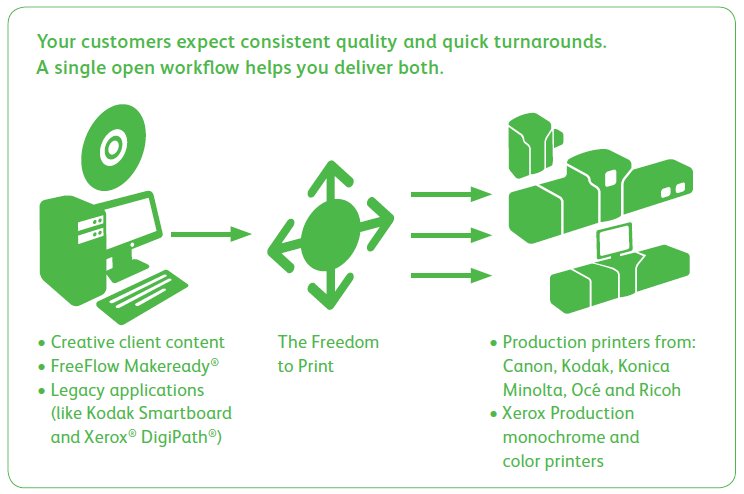Written by John Conley
Vice President of Publishing
Xerox Corporation
 Clearly our industry is struggling with the role of its associations. We’ve seen the PIA and NAPL talk about merging — and fail to close the deal. Now a new association has emerged, the National Print Owners Association, Inc. (NPOA), amidst “growing frustrations regarding the absence of a trade association that can best serve our interests as printers,” according to the NAPO Web site.
Clearly our industry is struggling with the role of its associations. We’ve seen the PIA and NAPL talk about merging — and fail to close the deal. Now a new association has emerged, the National Print Owners Association, Inc. (NPOA), amidst “growing frustrations regarding the absence of a trade association that can best serve our interests as printers,” according to the NAPO Web site.
What’s going on here?
For starters, the ongoing graphic communications industry transformation looks a lot like chaos. Many print providers need help finding their way. They have more choices than they know what to do with — too much changing technology, too many new solutions, webinars, meetings and organizations, and too little time and money. Their only certainty is that in five years the industry won’t look anything like it does today.
That’s pretty scary.
Associations are in a position to help — and they do. But it’s a difficult job, maybe impossible. Printers seek clarity, simplicity. Let me choose between A, B and C. But the path to success today is more fill-in-the-blanks than multiple-choice. It requires transforming from producer of print jobs to consultant on communications services in a range of personalized media.
This trend is leading our industry to splinter into deeply defined niches, as digital communications services enable providers to tailor solutions ever more tightly to customer needs. And associations are splintering as well, by expanding services to track with the changing industry, and now with the founding of a new association.
We applaud the NAPO’s responsiveness to the voice of the market, and we wish them well. They have a difficult task, as do all of the associations — and all association members. Whether from the associations or their own customer interactions and introspections, we hope that today’s print providers recognize that most need to make significant changes if they want to be in business five years from now.
Associations can provide classes and training and services. They can lead print providers to understand which business strategies are most likely to succeed. But they can’t make a print provider change or take the kinds of risks that are required to move forward in this environment.
Graphic communications providers must own those critical decisions.


